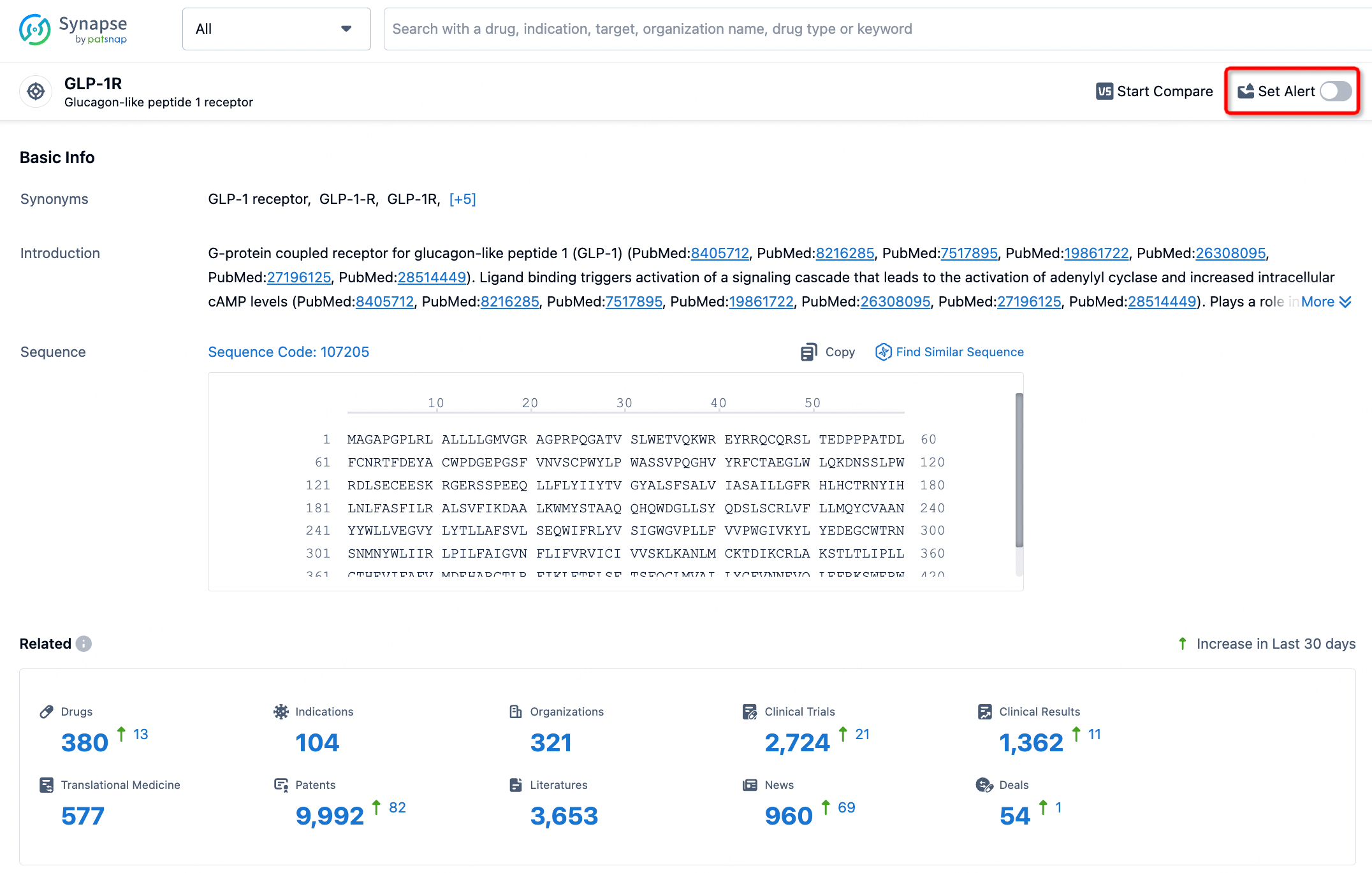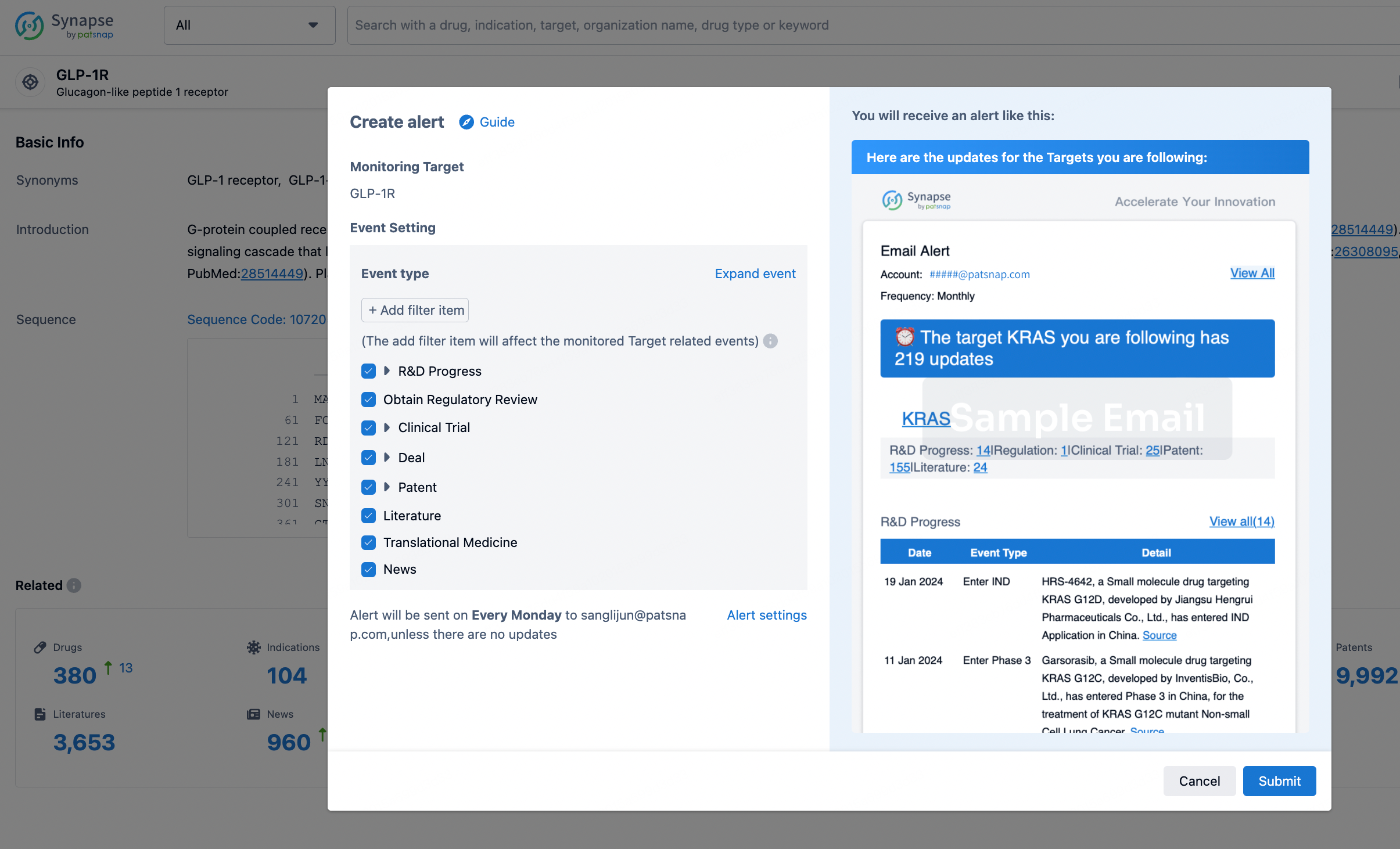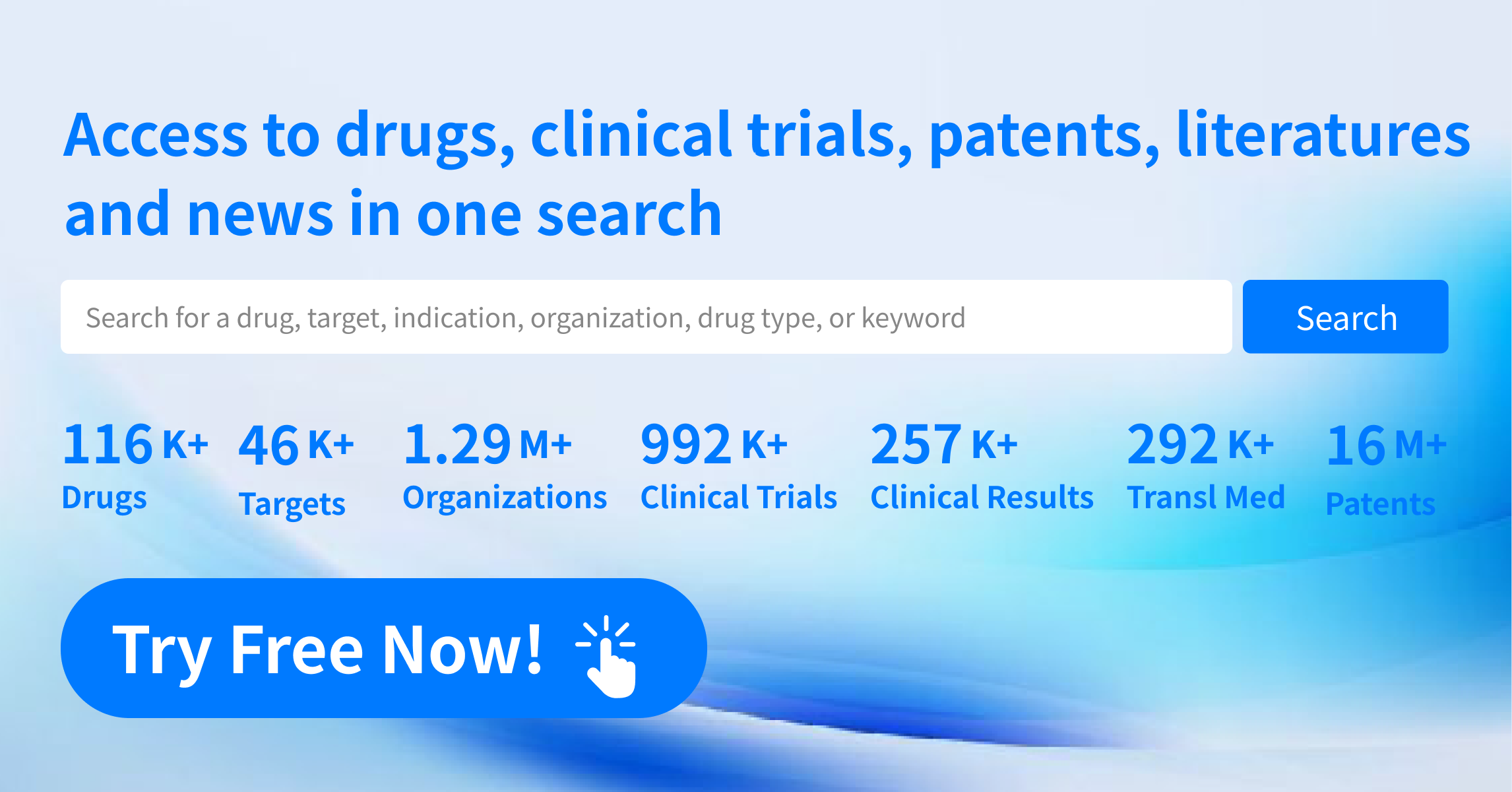Request Demo
What are α2A-AR antagonists and how do they work?
21 June 2024
Introduction to α2A-AR antagonists
Alpha-2A adrenergic receptors (α2A-AR) represent a critical component of the adrenergic receptor family, which plays a vital role in the regulation of neurotransmitter release, vascular tone, and various central nervous system functions. Antagonists targeting these receptors have garnered significant interest within the medical community due to their potential therapeutic applications in a range of disorders. Understanding the mechanisms by which these antagonists operate, as well as their clinical uses, is essential for appreciating their importance in modern medicine.
How do α2A-AR antagonists work?
The α2A adrenergic receptors are G protein-coupled receptors (GPCRs) that primarily inhibit the release of norepinephrine and other neurotransmitters. These receptors are predominantly found in the central nervous system, including the brain and spinal cord, as well as in peripheral tissues such as the vasculature. When norepinephrine binds to α2A-AR, it typically results in a decrease in the release of this neurotransmitter through a negative feedback mechanism, which helps modulate synaptic transmission and maintain homeostasis.
α2A-AR antagonists, therefore, function by blocking the action of endogenous agonists like norepinephrine at these receptors. By inhibiting this feedback mechanism, these antagonists can increase the release of norepinephrine and other neurotransmitters. This can lead to enhanced arousal, alertness, and a reduction in the symptoms of certain medical conditions. The blockade of α2A-ARs also influences various intracellular signaling pathways, further contributing to their wide-ranging physiological effects.
What are α2A-AR antagonists used for?
The therapeutic applications of α2A-AR antagonists are diverse, reflecting the widespread distribution and multifaceted role of these receptors in the body. Some of the key areas where these antagonists have shown promise include:
1. **Attention Deficit Hyperactivity Disorder (ADHD):**
ADHD is characterized by symptoms of inattention, hyperactivity, and impulsivity. Medications that increase norepinephrine levels, such as α2A-AR antagonists, have been found to improve focus and reduce hyperactive behaviors. By increasing norepinephrine in the prefrontal cortex, α2A-AR antagonists can enhance executive function and attentional control, making them a valuable tool in the management of ADHD.
2. **Depression and Anxiety:**
The role of norepinephrine in mood regulation is well-documented. α2A-AR antagonists can elevate mood and reduce anxiety by increasing the availability of norepinephrine and other neurotransmitters in the brain. These effects can be particularly beneficial for individuals who have not responded adequately to traditional antidepressants or anxiolytics.
3. **Hypertension:**
The cardiovascular system is another significant target of α2A-AR antagonists. By blocking these receptors, these drugs can prevent the vasoconstrictive effects of norepinephrine, leading to vasodilation and reduced blood pressure. This makes α2A-AR antagonists a potential therapeutic option for managing hypertension, particularly in cases where conventional treatments are insufficient.
4. **Sedation and Anesthesia:**
In the realm of anesthesia, α2A-AR antagonists are used to reverse the sedative effects of α2A-AR agonists. For example, during surgical procedures, α2A-AR agonists like dexmedetomidine are used for their sedative properties. Post-surgery, an α2A-AR antagonist may be employed to counteract this sedation, facilitating a quicker recovery and return to normal cognitive function.
5. **Neuropathic Pain:**
Neuropathic pain, resulting from nerve damage, is often resistant to conventional painkillers. α2A-AR antagonists have shown potential in alleviating this type of pain by modulating noradrenergic pathways in the spinal cord and brain, thereby diminishing pain perception.
In conclusion, α2A-AR antagonists offer a versatile and promising approach to treating a variety of medical conditions. Their ability to modulate neurotransmitter release and influence both central and peripheral physiological processes underscores their therapeutic potential. As research continues to elucidate the full spectrum of their effects, these drugs may become increasingly integral to the pharmacological management of numerous disorders.
Alpha-2A adrenergic receptors (α2A-AR) represent a critical component of the adrenergic receptor family, which plays a vital role in the regulation of neurotransmitter release, vascular tone, and various central nervous system functions. Antagonists targeting these receptors have garnered significant interest within the medical community due to their potential therapeutic applications in a range of disorders. Understanding the mechanisms by which these antagonists operate, as well as their clinical uses, is essential for appreciating their importance in modern medicine.
How do α2A-AR antagonists work?
The α2A adrenergic receptors are G protein-coupled receptors (GPCRs) that primarily inhibit the release of norepinephrine and other neurotransmitters. These receptors are predominantly found in the central nervous system, including the brain and spinal cord, as well as in peripheral tissues such as the vasculature. When norepinephrine binds to α2A-AR, it typically results in a decrease in the release of this neurotransmitter through a negative feedback mechanism, which helps modulate synaptic transmission and maintain homeostasis.
α2A-AR antagonists, therefore, function by blocking the action of endogenous agonists like norepinephrine at these receptors. By inhibiting this feedback mechanism, these antagonists can increase the release of norepinephrine and other neurotransmitters. This can lead to enhanced arousal, alertness, and a reduction in the symptoms of certain medical conditions. The blockade of α2A-ARs also influences various intracellular signaling pathways, further contributing to their wide-ranging physiological effects.
What are α2A-AR antagonists used for?
The therapeutic applications of α2A-AR antagonists are diverse, reflecting the widespread distribution and multifaceted role of these receptors in the body. Some of the key areas where these antagonists have shown promise include:
1. **Attention Deficit Hyperactivity Disorder (ADHD):**
ADHD is characterized by symptoms of inattention, hyperactivity, and impulsivity. Medications that increase norepinephrine levels, such as α2A-AR antagonists, have been found to improve focus and reduce hyperactive behaviors. By increasing norepinephrine in the prefrontal cortex, α2A-AR antagonists can enhance executive function and attentional control, making them a valuable tool in the management of ADHD.
2. **Depression and Anxiety:**
The role of norepinephrine in mood regulation is well-documented. α2A-AR antagonists can elevate mood and reduce anxiety by increasing the availability of norepinephrine and other neurotransmitters in the brain. These effects can be particularly beneficial for individuals who have not responded adequately to traditional antidepressants or anxiolytics.
3. **Hypertension:**
The cardiovascular system is another significant target of α2A-AR antagonists. By blocking these receptors, these drugs can prevent the vasoconstrictive effects of norepinephrine, leading to vasodilation and reduced blood pressure. This makes α2A-AR antagonists a potential therapeutic option for managing hypertension, particularly in cases where conventional treatments are insufficient.
4. **Sedation and Anesthesia:**
In the realm of anesthesia, α2A-AR antagonists are used to reverse the sedative effects of α2A-AR agonists. For example, during surgical procedures, α2A-AR agonists like dexmedetomidine are used for their sedative properties. Post-surgery, an α2A-AR antagonist may be employed to counteract this sedation, facilitating a quicker recovery and return to normal cognitive function.
5. **Neuropathic Pain:**
Neuropathic pain, resulting from nerve damage, is often resistant to conventional painkillers. α2A-AR antagonists have shown potential in alleviating this type of pain by modulating noradrenergic pathways in the spinal cord and brain, thereby diminishing pain perception.
In conclusion, α2A-AR antagonists offer a versatile and promising approach to treating a variety of medical conditions. Their ability to modulate neurotransmitter release and influence both central and peripheral physiological processes underscores their therapeutic potential. As research continues to elucidate the full spectrum of their effects, these drugs may become increasingly integral to the pharmacological management of numerous disorders.
How to obtain the latest development progress of all targets?
In the Synapse database, you can stay updated on the latest research and development advances of all targets. This service is accessible anytime and anywhere, with updates available daily or weekly. Use the "Set Alert" function to stay informed. Click on the image below to embark on a brand new journey of drug discovery!
AI Agents Built for Biopharma Breakthroughs
Accelerate discovery. Empower decisions. Transform outcomes.
Get started for free today!
Accelerate Strategic R&D decision making with Synapse, PatSnap’s AI-powered Connected Innovation Intelligence Platform Built for Life Sciences Professionals.
Start your data trial now!
Synapse data is also accessible to external entities via APIs or data packages. Empower better decisions with the latest in pharmaceutical intelligence.


